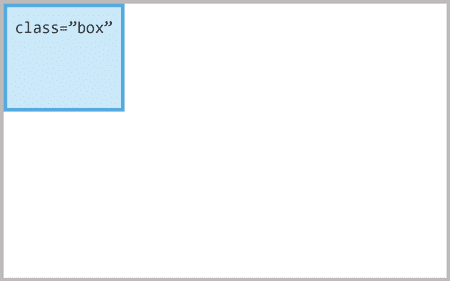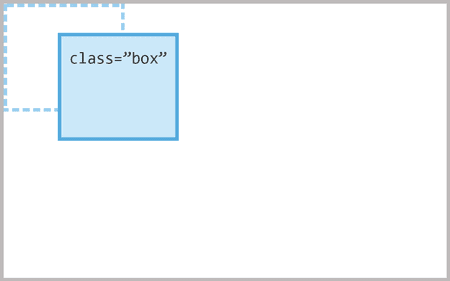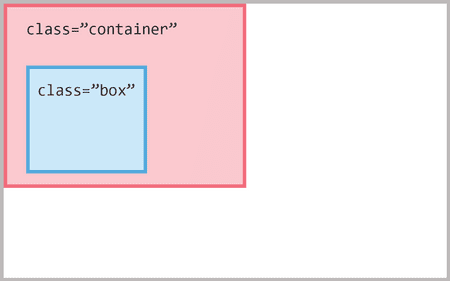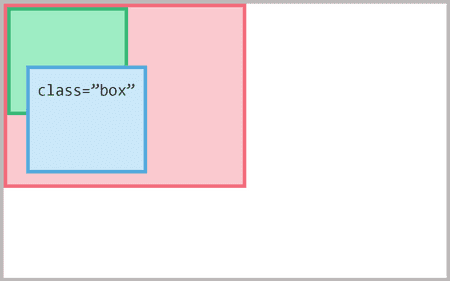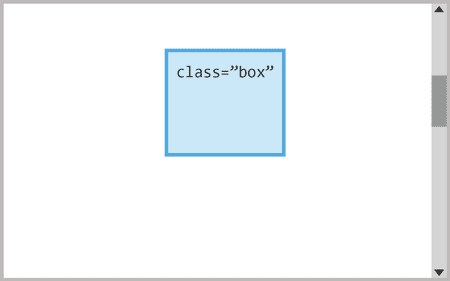CSS Position quick guide
June 25, 2020The CSS position property is one of the fundamental properties you need to know in order to feel truly comfortable in your CSS knowledge. So before you start digging deep into CSS do yourself a favor and learn it. Don’t worry though, it’s really rather simple.
Values
There are 5 possible values of the position property:
These five position values change how the top, bottom, left and right properties affect the element. (With the exception of static which is not affected.)
static
This is the default position value, all elements have a position of static unless you have specified otherwise.
Elements with position: static; are not positioned in any special way and simply follows the normal flow of the webpage. Top, bottom, left and right will not affect elements with a position value of static.
.box {
position: static;
}relative
Elements with relative positioning are positioned relative to their normal(static) position. Top, bottom, left and right moves the element away from this position.
.box {
position: relative;
top: 20px;
left: 50px;
}This will adds 20 pixels to the top of the elements original position and 50 pixels to left.
This positions the element 20 pixels from the top and 50 pixels to the left of the elements original position.
absolute
The position of an element with position: absolute; is based on its nearest positioned parent i.e. the nearest
wrapping element with a position other than static.
.container {
position: relative;
}
.box {
position: absolute;
bottom: 10px;
left: 15px;
}This will position our element 10 pixels from the bottom and 15 pixels from the left of our positioned parent.
Do note that absolute(and fixed) elements are removed from the normal document flow. Meaning it wont affect any other elements, they will behave as if there is no other element there. Our element may therefore end up on top of another.
This unsuspecting element has been partially covered by our box.
fixed
Fixed elements are always positioned relative to the document i.e. the browser window. Which means they are are also not affected by scrolling.
.box {
position: fixed;
top: 30px;
left: 100px;
}This positions the element 100 pixels from the left and 30 pixels from the top of the window, no matter how far down the page you scroll.
Like with position: absolute; fixed elements are removed from the document flow. See absolute.
This makes fixed elements useful for popups and modals.
sticky
position: sticky; is a bit of a bonus and has limited albeit powerful use cases.
A sticky element behaves as if it is relative-positioned until it reaches a specified point, where it starts
behaving as if it’s fixed-positioned.
Lets showcase this with an example:
.box {
position: sticky;
top: 10px;
}Try scrolling the window below and notice how the .box element behaves.
The moment the box hits our set threshold of 10px from the top, it sticks to that point as we keep scrolling.
It has gone from a position: relative; behavior to position: fixed;.
